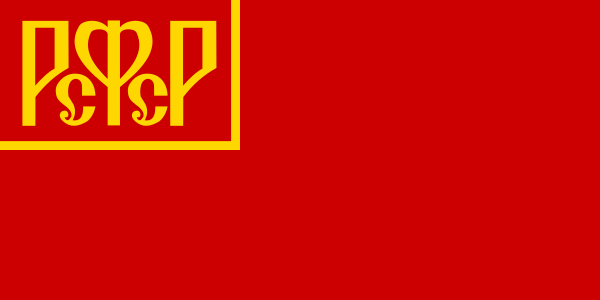 
 字體:小 中 大
字體:小 中 大 |
|
|
|
| 2017/04/03 11:35:07瀏覽2951|回應1|推薦3 | |
蘇維埃社會主義共和國聯邦(俄語:Сою́з Сове́тских Социалисти́ческих Респу́блик,縮寫為СССР 簡稱蘇聯),是一個存在於1922年至1991年的聯邦制社會主義國家,也是當時世界上土地面積最大的國家.蘇聯起源自1917年的俄國革命,俄羅斯帝國的沙皇政府被推翻後,臨時政府成立,但僅執政了不到8個月,布爾什維克便很快從臨時政府手中奪取政權並於選舉後武力解散俄國立憲會議,史稱十月革命及一月劇變;之後俄國發生內戰,由布爾什維克所領導的紅軍擊敗了白軍以及協約國的武裝干涉後,蘇聯於1922年12月以俄羅斯、白俄羅斯、烏克蘭和外高加索等蘇維埃社會主義共和國合併成立了蘇聯。 儘管蘇聯憲法規範蘇聯是一個聯邦制國家,由15個平等權利的蘇維埃社會主義共和國(加盟共和國)按照自願聯合的原則組成,但其聯邦政府權力高度集中,並奉行世界上第一個完全的社會主義制度及計劃經濟政策,由蘇聯共產黨一黨執政。 Союз Советских Социалистических Республик Сою́з Сове́тских Социалисти́ческих Респу́блик[8], также СССР, Советский Союз — государство, существовавшее с 1922 года по 1991 год на территории Восточной Европы, Северной, части Центральной и Восточной Азии. СССР занимал почти 1/6 часть обитаемой суши Земли[9]; на момент распада был самой крупной по площади страной мира. Образован на территории, которую к 1917 году занимала Российская империя без Финляндии, части Польского царства и некоторых других территорий.
In post-revolutionary Russia, the Union of Soviet Socialist Republics (USSR) is established, comprising a confederation of Russia, Belorussia, Ukraine, and the Transcaucasian Federation (divided in 1936 into the Georgian, Azerbaijan, and Armenian republics). Also known as the Soviet Union, the new communist state was the successor to the Russian Empire and the first country in the world to be based on Marxist socialism. During the Russian Revolution of 1917 and subsequent three-year Russian Civil War, the Bolshevik Party under Vladimir Lenin dominated the soviet forces, a coalition of workers’ and soldiers’ committees that called for the establishment of a socialist state in the former Russian Empire. In the USSR, all levels of government were controlled by the Communist Party, and the party’s politburo, with its increasingly powerful general secretary, effectively ruled the country. Soviet industry was owned and managed by the state, and agricultural land was divided into state-run collective farms. |
|
| ( 知識學習|檔案分享 ) |
















